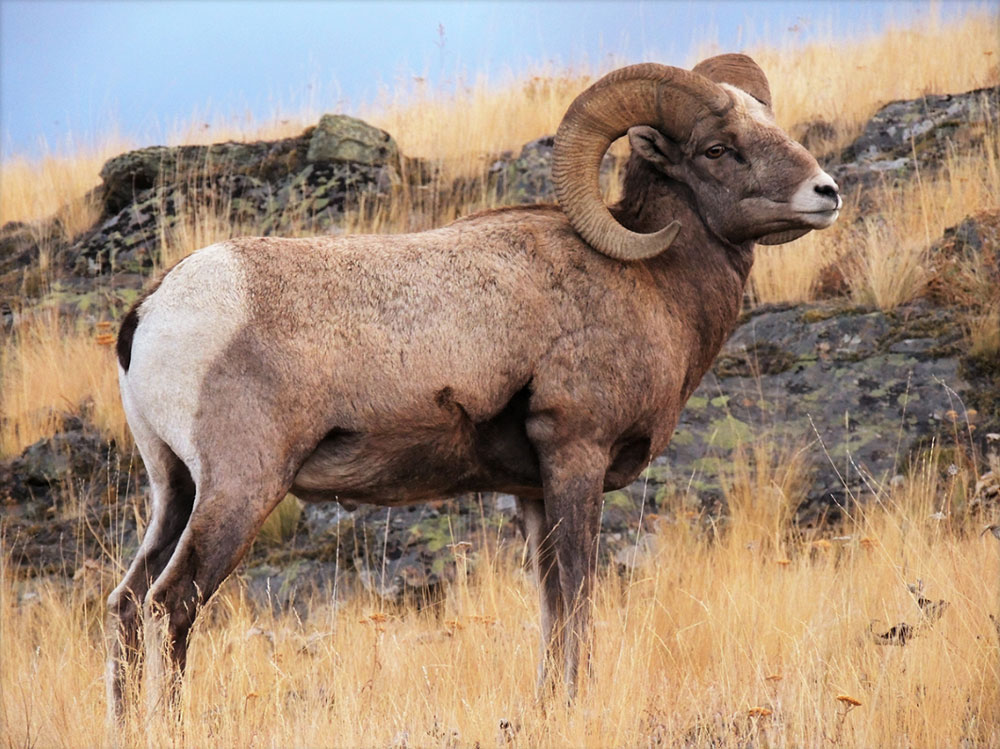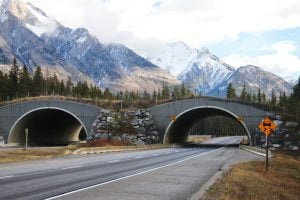Efforts to conserve bighorn sheep could receive a boost after scientists at the University of Alberta constructed the first whole genome sequence of the animal.
The species, which is native to Alberta, is not classified as “at risk” in the province but its numbers have plummeted, according to Joshua Miller, a PhD student in the department of biological studies and lead author of the genome study.
“Bighorn sheep are an important symbol of Alberta and Canada’s wild spaces,” Miller told the university. “They are also the subject of recreational hunting and have experienced a major population decline throughout their range as a result of human exploitation and disease-related die-offs. Thus, there is active interest in how best to manage the species to ensure their long-term survival.”
Obtaining the whole genome sequences of species such as the bighorn sheep “opens new avenues of research such as using genomics to plan conservation actions for at-risk species,” said the university report of Miller’s study.
To obtain the whole genome sequence, Miller and his colleagues used a method called alignment, which uses a genome that’s already been sequenced as a reference point. In this case, the whole genome sequence was that of a domestic sheep. Miller likened the process to being able to look at the picture on a jigsaw puzzle box when putting the puzzle together. The alignment method is less time-consuming and produces a more accurate picture of the genome than the traditional de novo method of assembly, which he described to the university as being “given the puzzle pieces” and finding out “what sort of picture they make.”
Read the full University of Alberta report on Miller’s study here.






